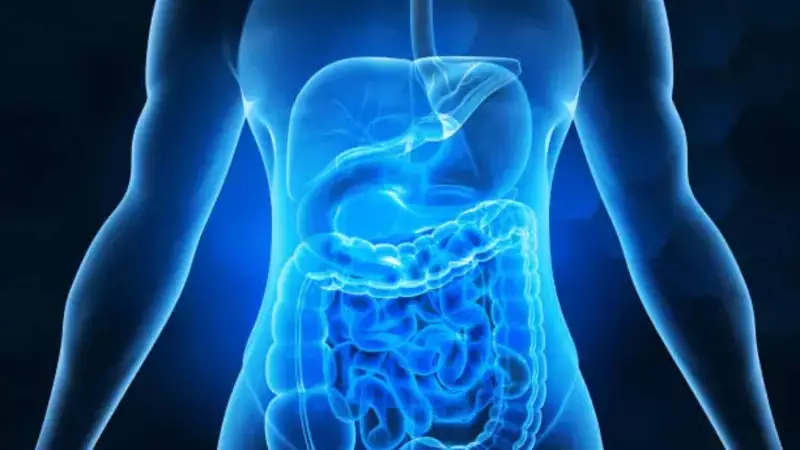
Are you struggling with digestive issues like bloating, indigestion, or irregular bowel movements? Yoga, India's ancient gift to the world, offers powerful solutions that can transform your gut health without medication. Specific yoga asanas work wonders by massaging internal organs, stimulating digestive fire, and promoting better elimination.
Why Yoga Works for Digestive Health
Yoga's approach to digestive wellness is holistic and scientifically sound. The twisting, bending, and compression involved in various asanas create a natural massage effect on your abdominal organs. This stimulation enhances blood circulation to the digestive tract, improves enzyme secretion, and helps regulate bowel movements. Unlike quick-fix solutions, yoga addresses the root causes of digestive discomfort.
Regular practice of these digestive-friendly poses can alleviate common issues like acid reflux, gas, constipation, and sluggish digestion. The breathing techniques incorporated in yoga also play a crucial role by reducing stress, which is known to negatively impact gut health. When you combine physical postures with mindful breathing, you create the perfect environment for optimal digestion.
Six Transformative Yoga Poses for Your Digestive System
1. Pawanmuktasana (Wind-Relieving Pose)
This pose lives up to its name by effectively releasing trapped gas from the digestive system. Lie on your back and bring one knee at a time toward your chest, hugging it firmly. The compression applied to your abdomen helps stimulate the large intestine and can provide immediate relief from bloating and gas pain.
Pawanmuktasana is particularly beneficial when practiced in the morning or after meals. It encourages the downward movement of apana vata, the digestive energy in Ayurveda, promoting healthy elimination and reducing abdominal discomfort.
2. Balasana (Child's Pose)
This gentle resting pose provides a soothing compression to your abdominal organs. Kneel on the floor, sit back on your heels, and fold forward until your forehead rests on the mat. The gentle pressure on your stomach helps calm the digestive system while relieving stress that often contributes to digestive issues.
Balasana is excellent for those experiencing digestive discomfort due to anxiety or nervous tension. The pose encourages deep, diaphragmatic breathing that massages internal organs from within.
3. Marjariasana (Cat-Cow Pose)
This flowing sequence between arching and rounding your back creates a dynamic massage for your digestive organs. Begin on all fours, alternately arching your spine upward like a stretching cat and then dipping it downward while lifting your head. The movement increases spinal flexibility while stimulating the entire digestive tract.
Marjariasana improves circulation to digestive organs and enhances the nerve supply to this region. The rhythmic motion helps move stagnation in the gastrointestinal system, making it particularly useful for constipation.
4. Paschimottanasana (Seated Forward Bend)
This classic forward fold applies gentle pressure to the entire abdominal region. Sit with legs extended forward, then hinge at your hips to fold over your legs. The compression stimulates the liver, kidneys, and entire digestive system while calming the nervous system.
Paschimottanasana is known to boost digestive fire according to traditional yoga texts. It also helps relieve mild constipation and improves appetite when practiced regularly.
5. Ardha Matsyendrasana (Half Spinal Twist)
Twisting poses are exceptionally beneficial for digestion as they wring out toxins from abdominal organs. Sitting with one leg crossed over the other, twist your torso toward the bent knee. The twisting action creates a squeezing effect on digestive organs, followed by fresh blood flow when you release the pose.
This asana massages the liver, spleen, and intestines, improving their functional efficiency. The alternating compression and release help stimulate peristalsis, the wave-like motion that moves food through your digestive tract.
6. Bhujangasana (Cobra Pose)
This gentle backbend stretches and tones abdominal muscles while improving blood flow to digestive organs. Lying on your stomach, place palms beside your chest and lift your upper body while keeping hips on the floor. The extension created in the abdominal region helps relieve constipation and stimulates appetite.
Bhujangasana is particularly beneficial for strengthening abdominal muscles that support digestive organs. The pose also helps relieve stress that often manifests as digestive discomfort.
Creating a Sustainable Yoga Practice for Digestive Wellness
Consistency matters more than duration when it comes to yoga for digestive health. Even 15-20 minutes of daily practice can produce significant improvements in your digestive function. The best time to practice these asanas is in the morning on an empty stomach or at least 2-3 hours after meals.
Remember to listen to your body and never force any posture. If you have existing digestive conditions like ulcers, hernia, or IBD, consult with a healthcare provider before starting any new exercise regimen. Combining these yoga practices with a balanced diet and adequate hydration will maximize their digestive benefits.
Yoga offers a natural, drug-free approach to digestive health that has stood the test of time. These six poses provide a comprehensive toolkit for addressing common digestive complaints while promoting overall wellness. By making them part of your daily routine, you're investing in long-term gut health and overall vitality.





